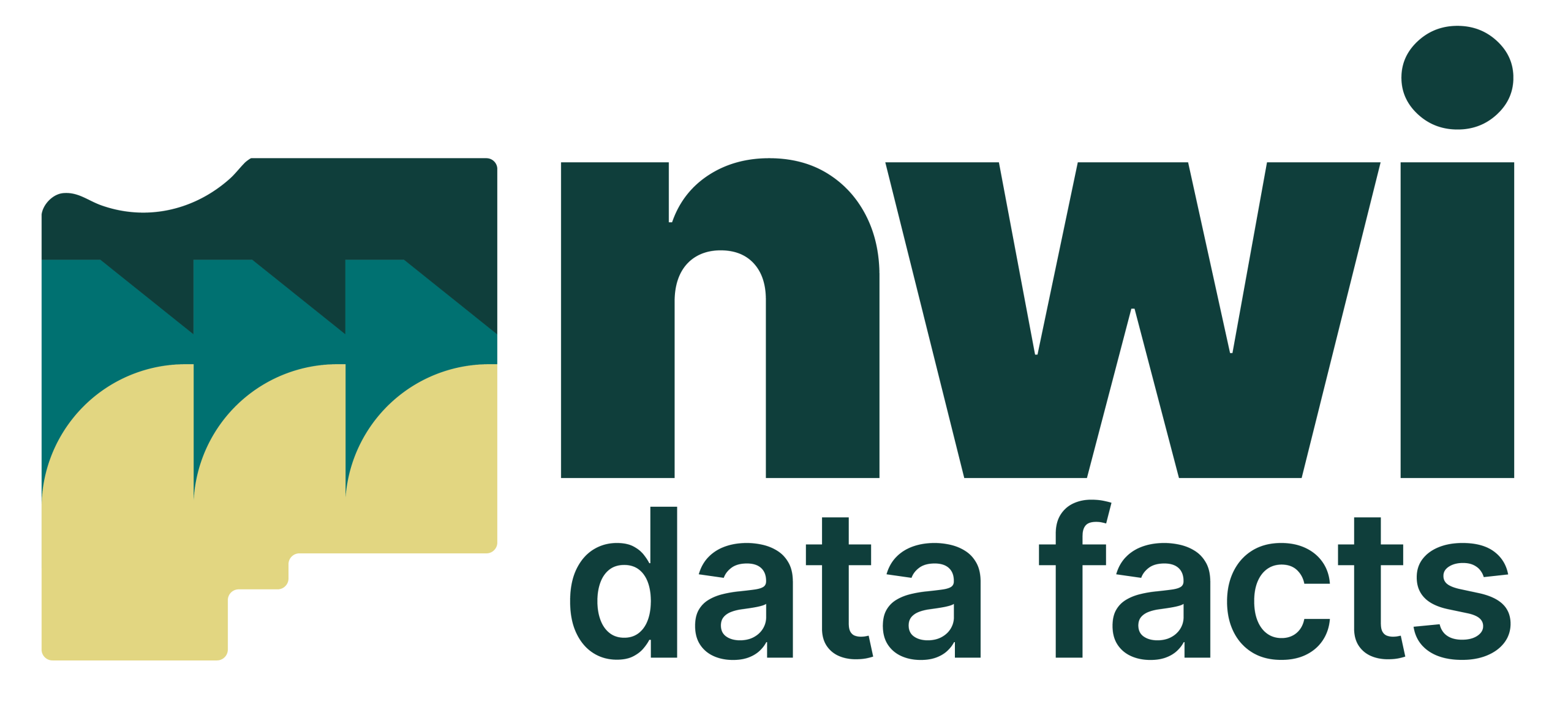Local benefits can be broken down into 5 general categories :
Economic development while being a Good Low Maintenance Community Member
Hyperscale campuses have capital expenditures often in the BILLIONS of dollars, which brings a huge tax boost to the local community, while not being a commensurate burden on community services, such as schools and first responders.
For example: Local jurisdictions report a fiscal benefit-to-cost ratio of ~26:1 for data-centers (i.e., data-centers pay ~$26 in taxes for every $1 in local public-services costs) compared to manufacturing plants which rarely exceed ~4:1. loudounpossible.com+1
Jobs
Data centers create jobs in construction and operations, even being a big player to help with workforce development:
- Construction: A high number of jobs (1,000-2,000 at peak for a campus) provide a huge boost to local businesses like restaurants and hotels.
- Operations: Data Centers employ a moderate to lower number of operating jobs (often times around 100-200 for a campus) as compared to manufacturing or industrial/distribution centers; however, data center jobs are generally high paying jobs and without thousands of operating employees, the facility has less impact on City services like roadway traffic, first responders and schools.
- Workforce Development Training for trades such as electricians, carpenters and pipe-fitters is made available for both classroom and hands-on experience required for certifications that can launch a person’s career.
Associated development and employment
Data centers stimulate economic activity in supporting service sectors and local businesses. Data-center campuses act as anchors for land-development ecosystems: industrial/logistics, real-estate supply chain, infrastructure, services.
The indirect job and business multiplier has been found to be 6:1, for every 1 direct data center job, 6 are created or induced in the broader economy which support the data center’s operations such as lawn care and building maintenance. PWC Job Multiplier
Community partnerships
The hyperscale end-users strive to be a positively contributing member of the communities they enter. They all have some form of a community partnership program. For example, in Northern Virginia, Microsoft runs a “Datacenter Academy Scholarship” program supporting under-represented students in IT/STEM for the local communities around their data centers.
Six Benefits Data Centers Bring to the Community – Highlights many examples of Google’s community partnership programs.
Ways that AWS is supporting local communities around its data centers
Enhanced utility infrastructure & advancing renewable energy goals
As we will explore in more detail with subsequent power, fiber and water/wastewater infrastructure topics, the data center company investment doesn’t end at the property line. Most often, some degree of powerline, fiber lines, roadways, water or sewer mains are extended or improved to serve the data center buildings, thereby improving utility infrastructure for resiliency or expansion that can benefit the community members.
In regard to renewable energy goals, the tech companies behind data centers are the biggest drivers of renewable energy and are progressing on goals for using ALL clean energy – this is more aggressive than most states’ goals. For example, the US goal is to achieve 100% carbon-free electricity by 2035, while AWS and Meta have already achieved goals of being carbon free in energy for data center operations.
